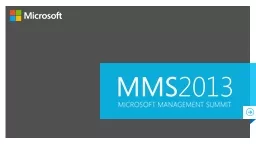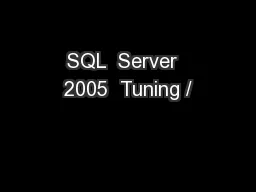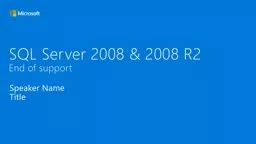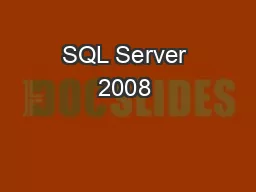PPT-Troubleshooting SQL Server Spatial Query Performance:
Author : pamella-moone | Published Date : 2016-05-06
A Deep Dive into Spatial Indexing Michael Rys Principal Program Manager Microsoft Corporation SQLServerMike DBI405 Q Why is my Query so Slow A Usually because
Presentation Embed Code
Download Presentation
Download Presentation The PPT/PDF document "Troubleshooting SQL Server Spatial Query..." is the property of its rightful owner. Permission is granted to download and print the materials on this website for personal, non-commercial use only, and to display it on your personal computer provided you do not modify the materials and that you retain all copyright notices contained in the materials. By downloading content from our website, you accept the terms of this agreement.
Troubleshooting SQL Server Spatial Query Performance:: Transcript
Download Rules Of Document
"Troubleshooting SQL Server Spatial Query Performance:"The content belongs to its owner. You may download and print it for personal use, without modification, and keep all copyright notices. By downloading, you agree to these terms.
Related Documents














